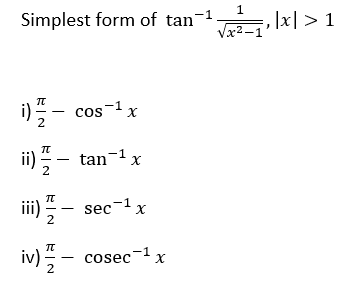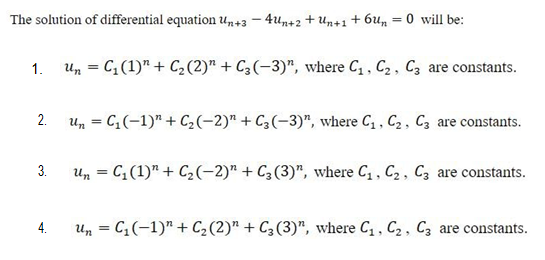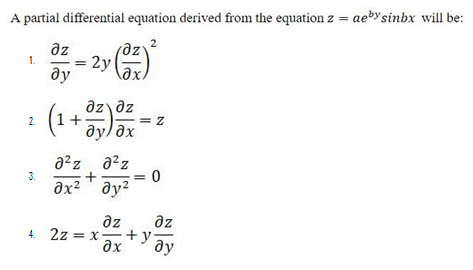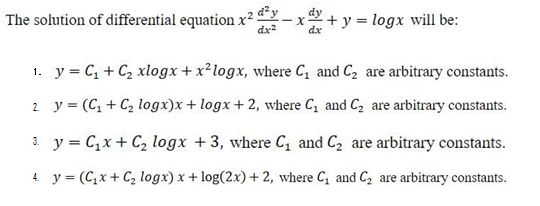Question
A, B, and C can complete a job in 12, 15, and 20 days
respectively. A and B work together for 4 days, then B and C work together for 5 days. How long will it take for C to complete the remaining work alone?Solution
Work done by A in 1 day = 1/12 Work done by B in 1 day = 1/15 Work done by C in 1 day = 1/20 Work done by A and B together in 1 day = (1/12 + 1/15) = 7/60 Work done by B and C together in 1 day = (1/15 + 1/20) = 7/60 Work done by A and B together in 4 days = (7/60 × 4) = 28/60 = 7/15 Work done by B and C together in 5 days = (7/60 × 5) = 35/60 = 7/12 Total work done by A, B, and C in 9 days = 7/15 + 7/12 = 119/180 = 2/3 Remaining work = 1 - 2/3 = 1/3 Time taken by C to complete the remaining work = (1/3) / (1/20) = 20/3 = 6.67 days Correct Option: c) 6.67 days
Relevant for Exams:









